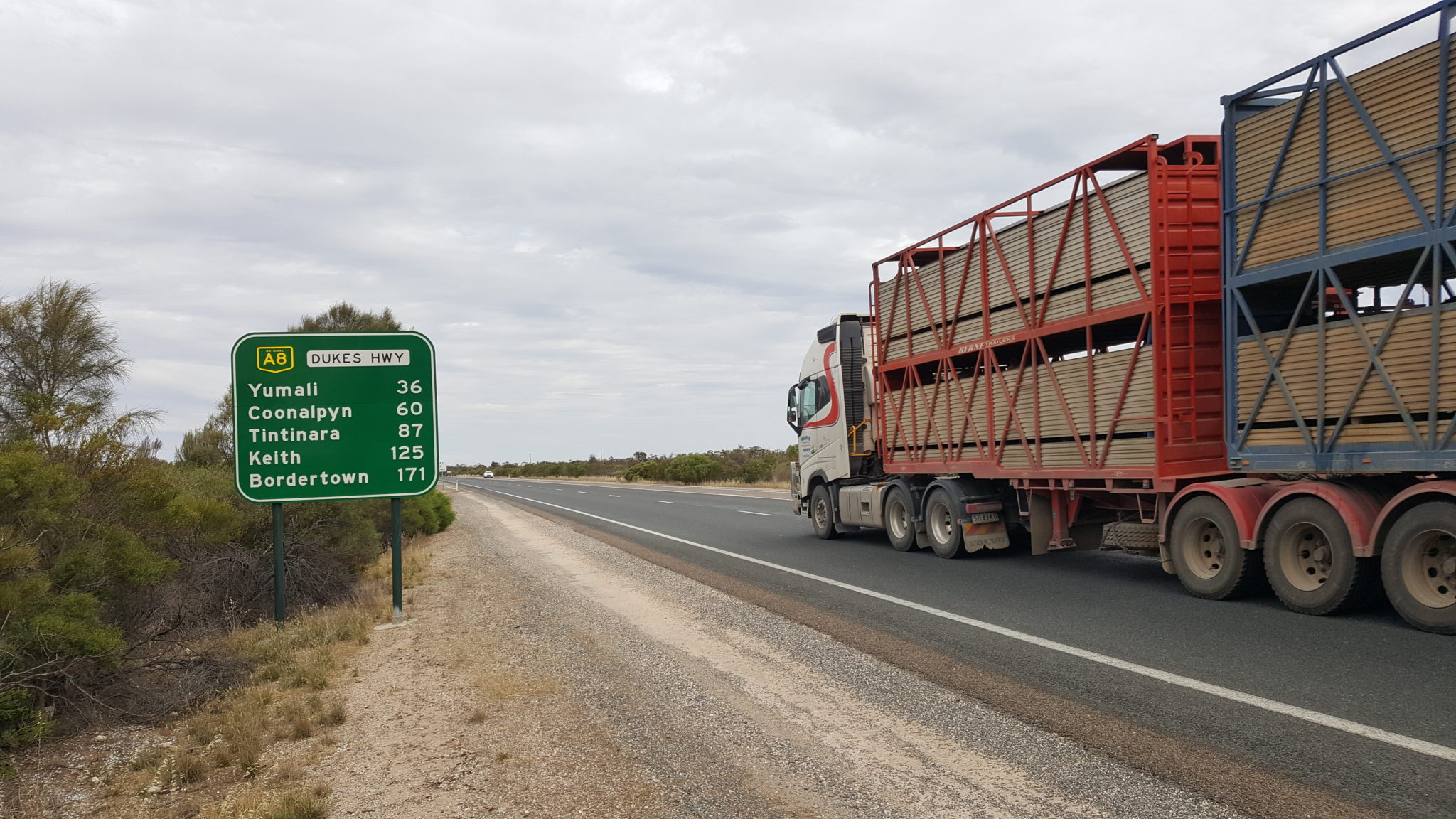Is South Australia ready for self-driving vehicles?
 By 2040, it’s predicted 4 out of every 10 vehicles on Australian roads will be autonomous. Despite South Australia fast-becoming a leader in the future of driverless vehicles, are we really ready for what’s coming?
By 2040, it’s predicted 4 out of every 10 vehicles on Australian roads will be autonomous. Despite South Australia fast-becoming a leader in the future of driverless vehicles, are we really ready for what’s coming?
Driverless trials making progress
In 2016, South Australia became the first state in the country to introduce a law allowing trials of driverless cars on open public roads. The law facilitates on-road trials, testing and development of driverless vehicles and other advanced automotive technology on SA roads. Since 2016, a number of driverless vehicles have hit the streets. Last year, RAA partnered with Flinders Uni to run the Flinders Express – a driverless public electric shuttle – which began servicing Adelaide’s Tonsley Innovation District. In late 2018, Olli – an autonomous vehicle built by US-based Local Motors – began a 6-month trial run along the Glenelg foreshore and was connected to a very smart bus stop that was a South Australian invention called the Matilda. With a number of driverless vehicle trials already being held, there’s an urgent need to improve road infrastructure.
FLEX hits the road at Flinders Tonsley campus.
Safer roads, safer trials
So, where do we start? A good place is Dukes Hwy – the stretch of road between Murray Bridge and the Victorian border. The notorious highway has long been on RAA’s list of deadliest state highways. Back in 2012, it was named among the 6 worst in the country. If safety concerns can be addressed, however, RAA Future Mobility Expert Mark Borlace says the highway could remain important well into the coming decades. “There’s potential for Dukes Hwy to become a major strategic route for future autonomous freight operations between states,” he says. “The road is largely straight and stretches some 189km, making it a solid candidate for both trials and operations.”
Dukes Hwy helps connect South Australia and Victoria.

